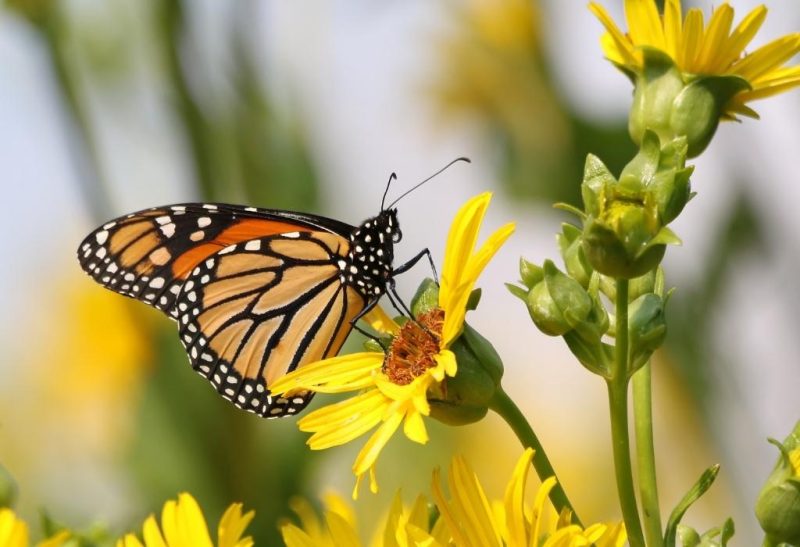Butterfly colors are truly enchanting and magical. Watching butterflies in your garden makes you smile and eases your worries. But have you ever wondered how these gorgeous insects got those brilliant colors on their wings? Can they change their colors? Will butterflies die if you touch or remove their wings?
Where do butterflies get their color from? Butterflies have two sources of their colors – pigmentation and structural. Pigmentation is the source of ordinary colors such as black and yellow, while structural is responsible for intense colors such as blue and purple. These color sources are combined in every butterfly.
Butterflies have scaly wings, just like moths. They both belong to the order of Lepidoptera, and they are the only insects that have scales on their wings. Out of 17,500 butterfly species around the world, only around 750 of them can be found in the United States. In this article, you will learn everything about butterfly wings and colors.
Table of Contents
How Many Wings Does a Butterfly Have?
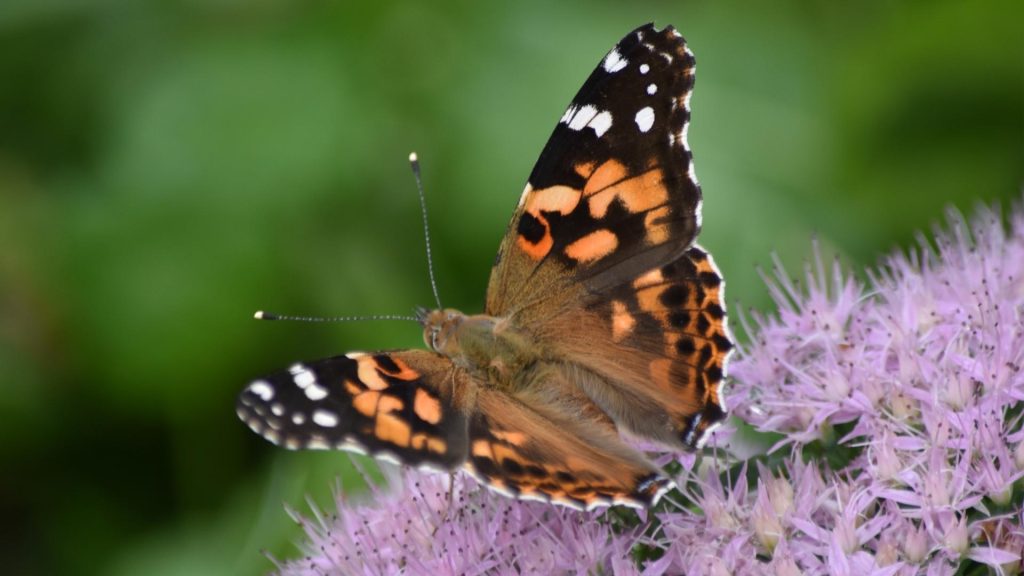
Butterflies have two pairs of wings, for a total of four. Their wings are brightly colored and symmetrically patterned, and each pair has a different size from the other. Additionally, their front wings are usually bigger than their hind wings. Just like their legs, their wings are attached to the thorax, the section between head and abdomen.
Why Are Butterflies So Colorful?
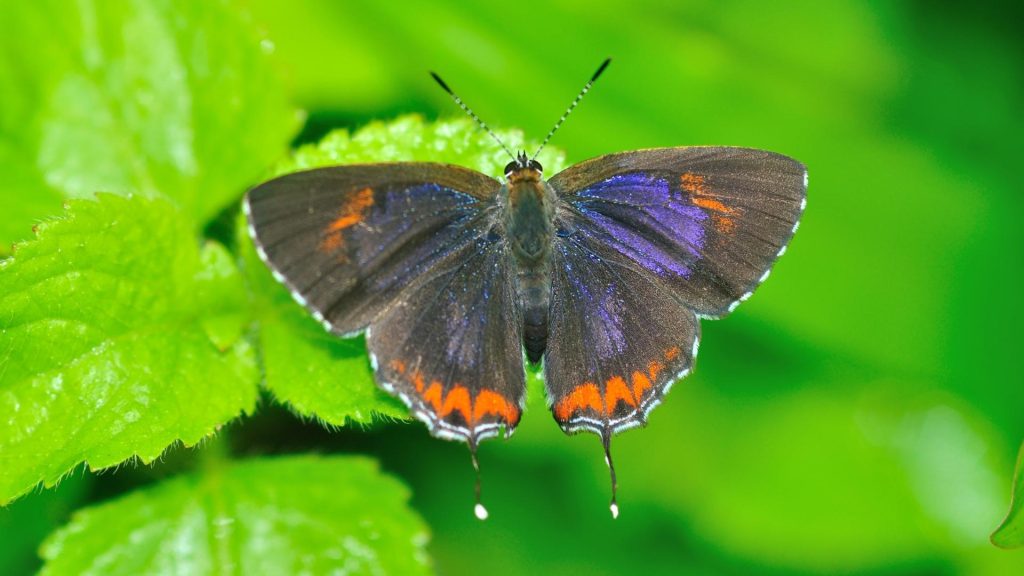
The beauty of the colors of butterfly wings also depends on the view angle of the observer. Therefore, you may see different colors of varying intensities as compared to people observing the butterflies from the other direction. This is the same phenomenon that occurs while you are looking at soap bubbles.
Why Do Butterflies Have Different Colors From Others?
Butterflies are not created equal, especially when it comes to the colors of their wings. Their colors are different from each other because they have different natural color pigmentations. Once these pigmentations are combined with the structural colors, the colors of butterfly wings will be more intense and vibrant.
Technically speaking, butterfly wings have no color at all. Their natural pigmentation absorbs some light waves and reflects the rest of them. On the other hand, their structural color comes from their specific structures. Aside from that, their different wing colors are somehow similar to their environment.
Can Butterflies Change Colors?
Butterflies can change their wing colors, but they don’t do it alone. Instead, they are assisted by the combined power of nature and science. This enchanting color change is very noticeable, and the colors may be different in different species. Every butterfly species has its own pigmented and structural colors.
For morpho butterflies, the color of their wings changes from bright blue to dull brown every time they fly. This is because the angle of the light that strikes their transparent, multi-layered wings also changes. These multiple reflections are continuous as they move their wings up and down and show a more intense color.
Do Butterflies Lose Their Color?
Butterflies lose their colors over time. As they grow older, they naturally lose the scales on their wings slowly. Thus, the color will fade gradually. Butterflies also lose their colors while mating, flying, and nectaring flowers. However, some butterflies lose their colors earlier than others, especially when mishandled.
What Is Iridescence?
Iridescence is the change in color quality and occurs when a physical structure (including butterfly wings) interferes with multiple light waves. Once the crests (high points) and the troughs (low points) of these waves are in phase or aligned, the result is called constructive interference, which occurs in iridescence.
Unlike destructive interference where the waves cancel each other and weaken the reflection, constructive interference causes the waves to complement each other. This is also why iridescent colors are more intense than ordinary colors. But as compared to soap bubbles, butterfly wings have more layers.
What Are the Lines on Butterfly Wings?

The lines on butterfly wings are very thin veins, so you can hardly see them. These tube-like lines are full of air and don’t carry blood. Instead, they provide support to the soft wings of butterflies. This is the reason why butterflies can move their wings up and down in a figure-eight pattern and very gracefully.
Why Do Butterflies Have Eye Patterns on Their Wings?
Most butterflies (and moths) have some eye patterns on their wings, and an old theory suggests that they use them for scaring predators away. These fake eyes (also known as eyespots) are circular and come in various colors and sizes. They appear on both wings of adult butterflies, as well as in caterpillars or larvae.
According to the theory, these eyespots of the butterflies mimic the eyes of the predators. This means that once predators see them, they will think that the butterfly is a larger predator. The theory also suggests that the eye patterns are bright and big enough to call the attention of the predators, thus driving them off.
Studies suggest that the conspicuousness of these eyespots can be effective against predators. However, another theory suggests that the purpose of the eye patterns is to distract the predators. Instead of attacking the body, predators will attack their wings. After all, butterflies can still live with broken wings.
Do Butterflies Have Patterns on Both Sides of Their Wings?
Butterflies don’t have patterns on both sides of their wings. These patterns appear on the upper side (dorsal) of their wings but not on the bottom side (ventral). The purpose of the colorful side of their wings is to attract mates, while the dull color on the other side helps them hide from predators such as spiders.
Moreover, the dull color on the other side tends to resemble a dry leaf, which is why predators will only ignore them. Also, most butterfly species sit with their wings closed, and only the bottom side is visible. In this position, they can still open their wings and flap them to attract males while keeping them safe against predators.
Why Are Butterfly Wings So Fragile?
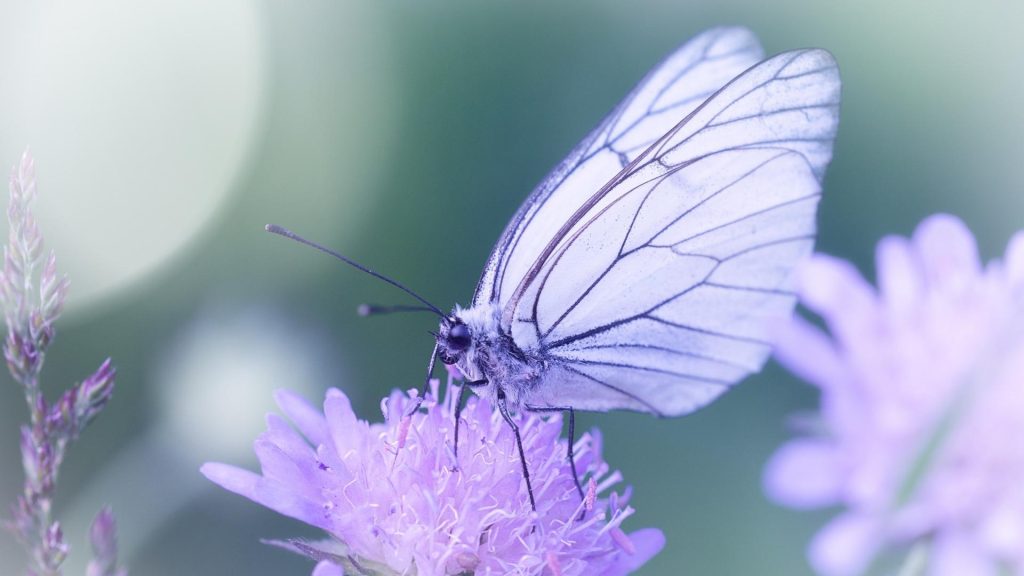
Butterfly wings are very fragile because the scales can easily be rubbed off. They are not made of bones but rather of two protein layers (membranes) covered with thousands of tiny hairs and scales. These scales will shed as time goes by but may suffer from damage due to accidental bumps and aggressive human touch.
On the other hand, some butterfly species have stronger wings. Studies reveal that painted lady butterflies can flap their wings at a whopping speed of 20 times per second. They can also fly up to 4,000 miles. Meanwhile, Paralasa nepalica, a butterfly species found only in Nepal, can fly at an altitude of nearly 15,000 feet.
Do Butterflies Feel Pain in Their Wings?
Butterflies don’t feel pain in their wings because there are no pain receptors in their nervous system. However, they can detect when a person touches their wings. Butterflies can still live without wings, but they will find it hard to search for food. Nevertheless, they can still survive for about three months without eating.
Can You Touch a Butterfly Wing?

You can touch a butterfly wing but only in a very gentle manner. As mentioned above, the wings of a butterfly are very fragile. If you touch them, you will feel some powder or dust, which are very tiny scales. Once their scales are rubbed off, they cannot fly fast enough and will be prone to predators.
You can also break the butterfly’s wing veins if you touch it roughly. Butterflies can no longer reproduce their scales that have been lost. But contrary to popular beliefs, butterflies will not die if you touch their wings. They can still fly even with broken hind wings because they use their forewings to drive flight.
Butterflies with only front wings intact can still fly at the same height and trajectories. However, their flight will be slower, and the quality of maneuverability will be affected. This also makes them more vulnerable to predators. On the other hand, butterflies with lost forewings can no longer fly again.
How Should a Butterfly Be Handled?
To handle butterflies with care, gently hold four wings together and don’t scrub them. Hold their wings on the part closest to their body and keep your fingers steady. If possible, avoid touching them and use a butterfly net if you want to catch them. Also, don’t trap them inside a small jar that can damage their wings.
What Colors Are Butterflies Attracted To?
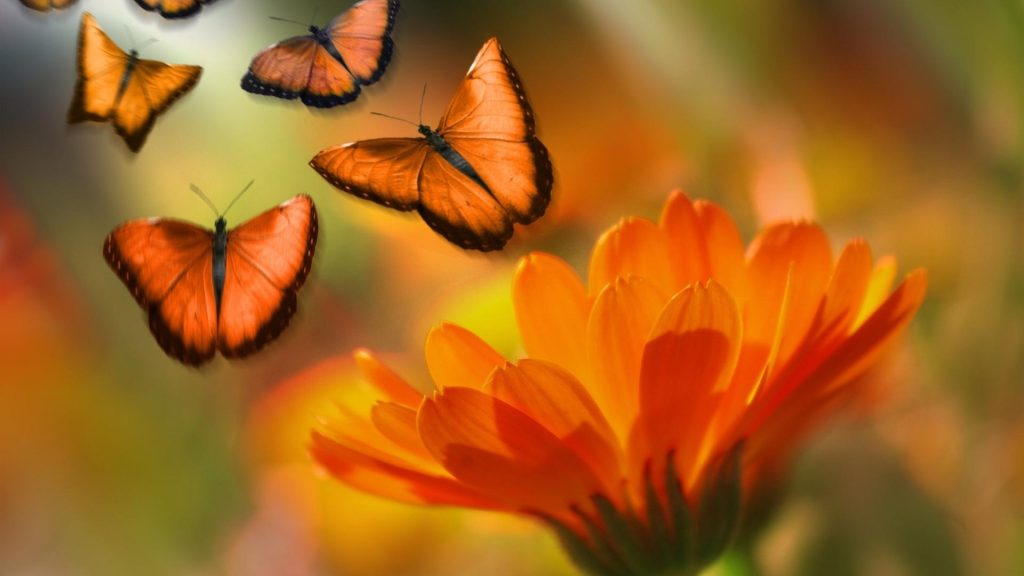
Butterflies cannot resist fragrant and brightly colored flowers because they are the ones with sweet nectar, which is the favorite diet of these gorgeous insects. However, some species also feed on juice from sweet fruits and rotten ones. But in general, butterflies are very attracted to flowers with the following colors:
- Orange
- Pink
- Purple
- Red
- Yellow
Summary
Butterflies are wonderful gifts to us from nature, so we should take good care of them. Their colorful wings are not only beautiful but also an important part of their life. Teach your small children how to touch them properly so that their wings will not be broken or damaged. Remember, enjoying beauty is also a responsibility.
List of Sources
Butterflies. (1996). Smithsonian.
All about butterflies. University of Kentucky.
Robinson, D. (2008). Butterflies wing it. The Open University.
